Stage Lighting in Kenya
Stage Lighting in Kenya – Illuminate Your Event with Precision and Style
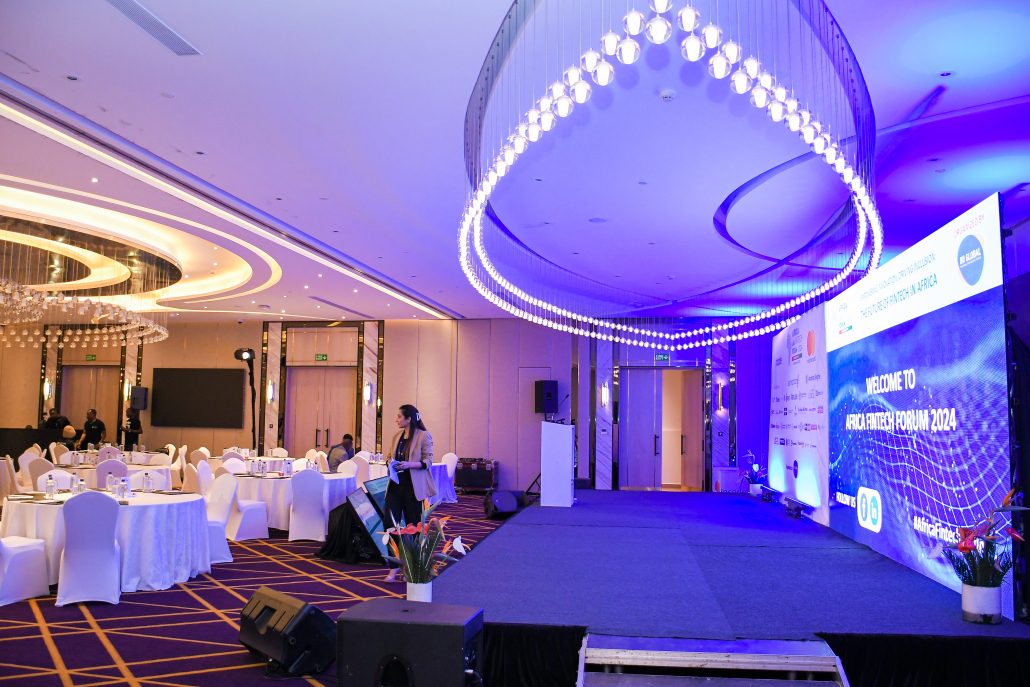
Stage Lighting in Kenya
Whether you’re hosting a high-energy concert, a music festival, a sophisticated corporate gala, an intimate worship night, or a dazzling fashion show, one thing is constant—lighting makes or breaks the atmosphere. Stage lighting does more than brighten a space; it creates emotion, directs attention, and visually communicates the essence of your event. From dramatic spotlights to soft ambiance lighting, each beam tells part of your story.
A well-thought-out stage lighting design brings clarity and focus to the performance while elevating the entire experience for your audience. It ensures presenters or performers are seen clearly, highlights key elements, and even influences how guests feel in the moment. With precise stage lighting color combinations, synchronized transitions, and programmable effects like laser stage lighting, you can amplify excitement, calm a crowd, or create unforgettable visual moments that align with your event’s purpose.
At Peak Audio, we specialize in professional stage lighting setups across Kenya. Our systems are built on energy-efficient, modern, and remote-controlled lighting equipment designed to be as flexible as they are powerful. Whether you need a small stage lighting setup or a full-scale rig complete with a stage lighting grid, scaffolding, and spares, we’ll deliver with precision, safety, and flair. Let us light up your event with brilliance—crafted to impress and engineered to perform.
1. Stage Lighting Design – Planning the Perfect Lighting Setup
Stage lighting design is one of the most powerful tools in event production—it doesn’t just illuminate a stage, it shapes how people feel, what they focus on, and how deeply they engage with your content. From conferences to concerts, lighting transforms a simple venue into an immersive experience. Understanding its components and strategic use is essential for event planners and AV professionals.
1.1 What is Stage Lighting Design?
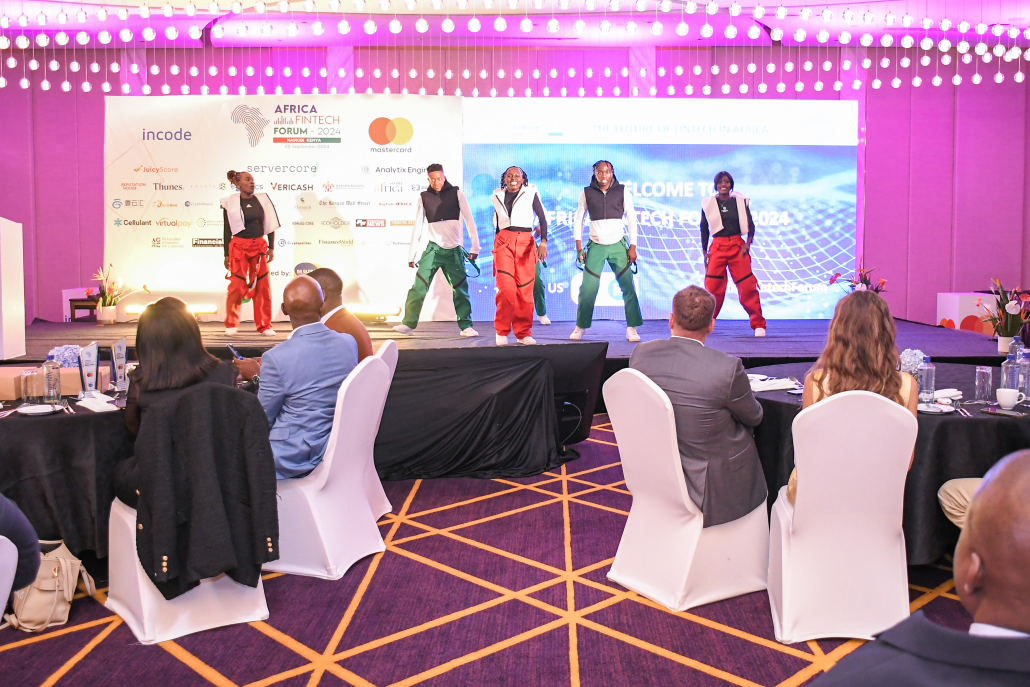
Stage Lighting in Kenya
Stage lighting design is both a technical process and a creative art. It involves planning, positioning, and programming lights in a way that supports a performance, presentation, or event. The goal is to highlight key subjects—such as speakers, performers, or panels—while also setting the mood and enhancing storytelling.
Lighting designers consider what needs to be seen, when it should be seen, and how it should look, ensuring that lighting complements sound, visuals, and movement on stage. Whether it’s a gospel concert in Nairobi or a TEDx conference in Mombasa, great lighting captures attention and creates emotional impact.
1.2 Stage Lighting Design Basics

Stage Lighting in Kenya
Designing the perfect stage lighting setup involves understanding several technical and creative principles that govern how lights behave and influence perception.
-
Positioning: Lights can be placed from above (front lights), below (uplights), the side (side washes), or behind (backlights). Each angle adds depth, drama, or clarity depending on the desired effect.
-
Beam Angle and Focus: Narrow beams provide spot effects for highlighting soloists or speakers, while wide-angle beams create general washes. Focus helps guide the audience’s attention to where it matters most.
-
Color Temperature: White light comes in various tones—from cool bluish daylight (above 5000K) to warm yellow tones (around 3000K). Designers choose warmth or coolness based on mood: cooler tones feel modern and clean; warmer ones feel cozy and intimate.
-
Intensity and Dimming: Controlling brightness levels is crucial for transitions, effects, and visibility. Smooth dimming allows for elegant fades between scenes or speakers, while sudden changes can signal dramatic shifts.
-
Cueing and Synchronization: In high-end productions, lighting cues are programmed to sync with music, video content, or speeches. This creates a cohesive visual narrative that enhances audience engagement.
1.3 Stage Lighting Design PDF Resources
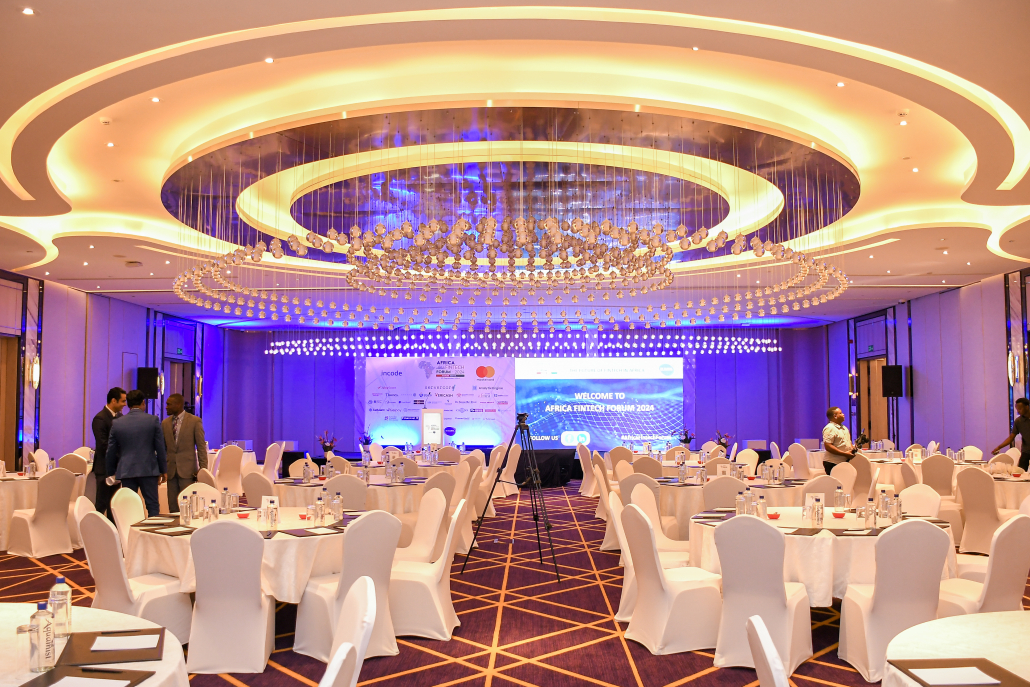
Stage Lighting in Kenya
For event planners, production teams, or AV students looking to deepen their knowledge, downloadable reference materials can be a game-changer. Peak Audio offers a free PDF checklist that includes:
-
Common lighting types (floodlights, PAR cans, moving heads, LED bars)
-
Setup diagrams for corporate, concert, and hybrid events
-
Safety guidelines for scaffolding and truss lighting
-
Color theory and lighting combinations for event themes
-
Budget planning tips for professional lighting rental
These resources provide both newcomers and experienced planners with a reliable starting point for staging successful events. The PDF can be downloaded on request from the Peak Audio website or shared directly via email.
1.4 White Stage Lighting vs. Colored Lighting
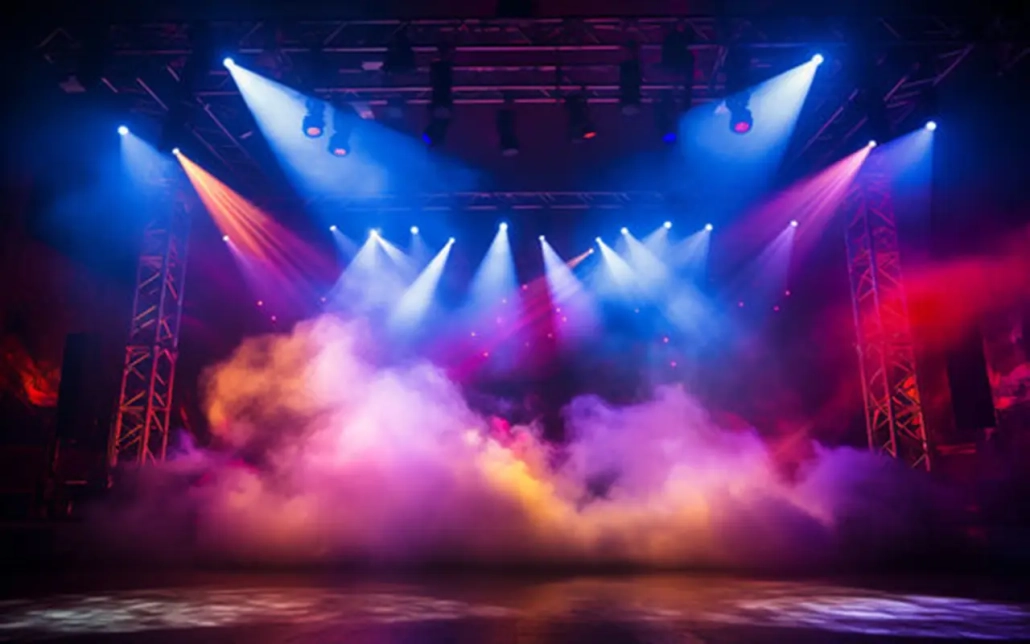
Stage Lighting in Kenya
Choosing between white lighting and colored lighting depends entirely on the event’s purpose, tone, and design.
-
White Lighting: This is the go-to option for professional events such as conferences, AGMs, lectures, and business expos. White light enhances clarity, improves visibility for video and photography, and creates a clean, polished look. It is ideal when the focus is on the speaker, product, or branding message.
-
Colored Lighting: Colored lights are used to create ambiance, drama, or thematic coherence. For example, red and gold lighting may suit a gala dinner, while deep blue and violet may enhance a tech launch. Colored lighting is especially powerful when used with smoke, gobos (custom light shapes), or synchronized effects. In concerts, festivals, and cultural performances, colors reflect mood transitions and energize the crowd.
-
Blended Approaches: Most events use a mix of white and colored lighting. For example, a product launch might begin with cool white lighting for professionalism and then shift to brand-colored lighting for entertainment segments or reveals.
Stage lighting design is far more than a technical necessity—it’s an essential creative element that breathes life into your event. When done right, it creates atmosphere, directs attention, and enhances every visual moment. Whether you’re planning a small indoor seminar in Nairobi or a large beach festival in Diani, understanding the core principles of stage lighting design will help you create impactful, professional-looking productions.
2. Types of Stage Lighting Equipment
Choosing the right stage lighting equipment is crucial to the success of any event—whether you’re organizing a corporate summit, a music concert, or a product launch. Each type of light serves a different function, from spotlighting speakers to creating dramatic visual effects. Understanding the capabilities of each lighting unit helps event planners craft tailored experiences that are both visually engaging and technically sound.
Below is a breakdown of the most commonly used stage lighting equipment in professional setups across Kenya:
2.1 Spotlights
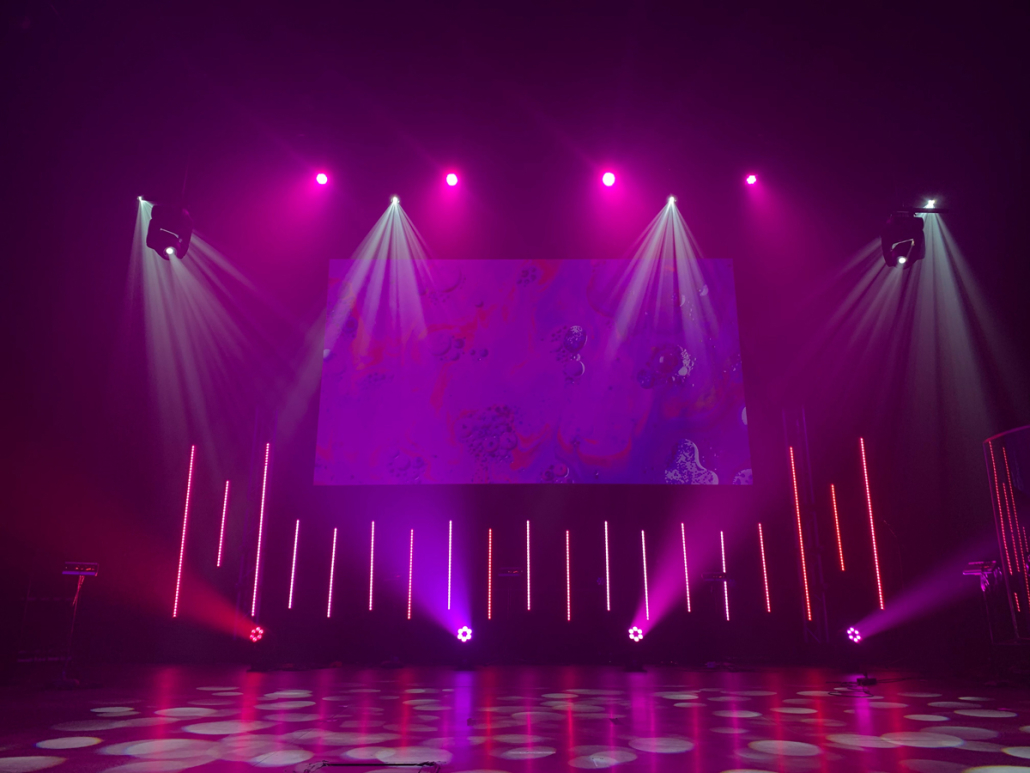
Stage Lighting in Kenya
Spotlights are used to direct a concentrated beam of light onto a specific target on stage, such as a speaker, performer, or key object.
-
They are excellent for drawing audience attention to focal points and isolating action from surrounding distractions.
-
Spotlights are often mounted from the ceiling, truss, or follow-spot stands, and can be manually operated or motorized.
-
Ideal for corporate presentations, keynote addresses, fashion shows, and any setting where one subject needs to be clearly highlighted.
-
Some models offer zoom, focus, and framing options to precisely control the beam’s size and edge sharpness.
2.2 Wash Lights

Stage Lighting in Kenya
Wash lights are designed to flood an area with soft, even lighting, typically in a single color or a blend of colors.
-
Used for general illumination across a wide area of the stage or backdrop.
-
They are crucial for setting the overall mood or ambiance—from warm, welcoming tones to cool, high-energy lighting schemes.
-
Commonly used in theatre productions, gala dinners, live panels, and church events where subtle, uniform lighting is needed.
-
Can be static or automated (intelligent wash lights) for programmable fades and color changes throughout the event.
2.3 PAR Cans and LED Fixtures
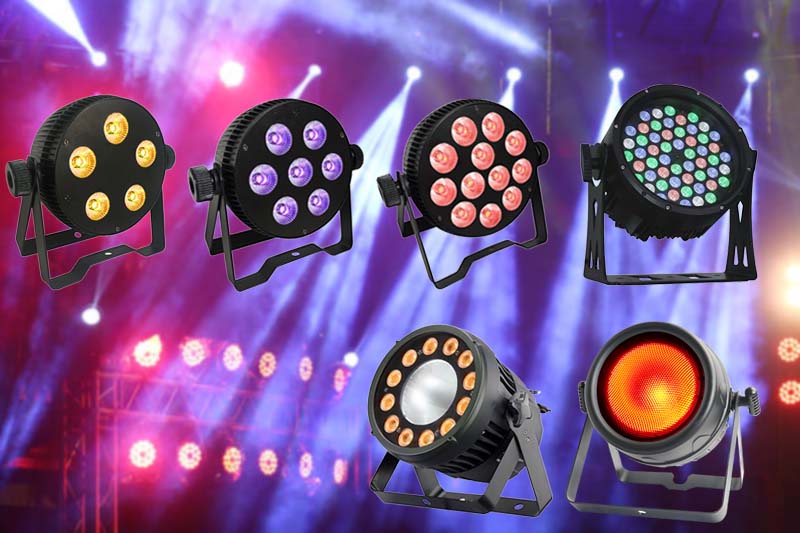
Stage Lighting in Kenya
PAR (Parabolic Aluminized Reflector) cans and LED lighting fixtures are among the most versatile and cost-effective options in event lighting.
-
PAR cans are traditional units that project intense light beams and are commonly used for stage washes, side lights, and backlighting.
-
LED fixtures have largely replaced older PARs due to their energy efficiency, color versatility, and cooler temperature output.
-
These lights are ideal for creating dramatic color effects, synchronized lighting displays, and even strobing for entertainment events.
-
Great for both indoor and outdoor setups, especially when used in multiples for consistent stage coverage.
2.4 Moving Head Lights
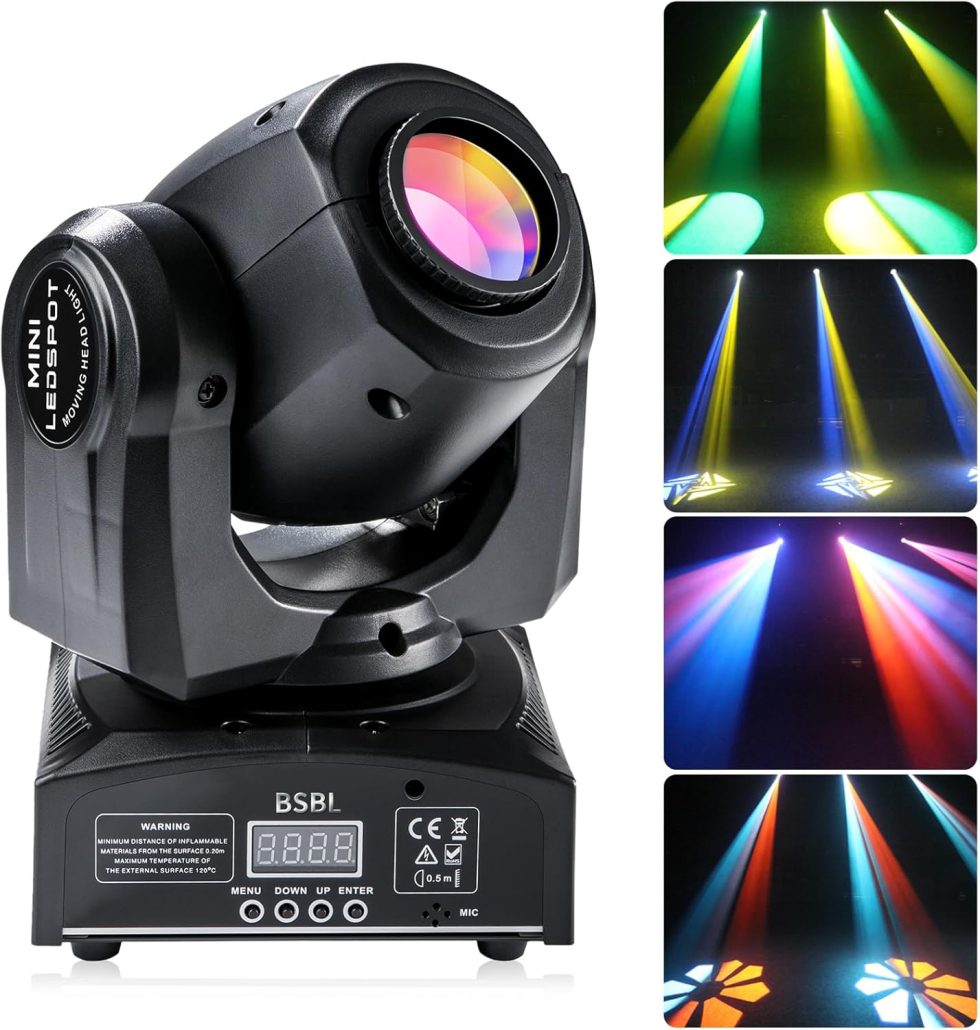
Stage Lighting in Kenya
Moving heads are dynamic, motorized lights that offer pan, tilt, zoom, and color-changing functions, controlled from a lighting console.
-
Often seen in concerts, festivals, fashion shows, and high-energy product launches where movement and effects matter.
-
Can create sweeping light beams, spinning effects, and spotlight transitions across large venues or stages.
-
Many moving heads also feature built-in gobos (pattern effects), prisms, and strobe capabilities for added visual impact.
-
They require skilled programming and are typically used with DMX controllers for cue-to-cue precision during live shows.
2.5 Laser Stage Lighting
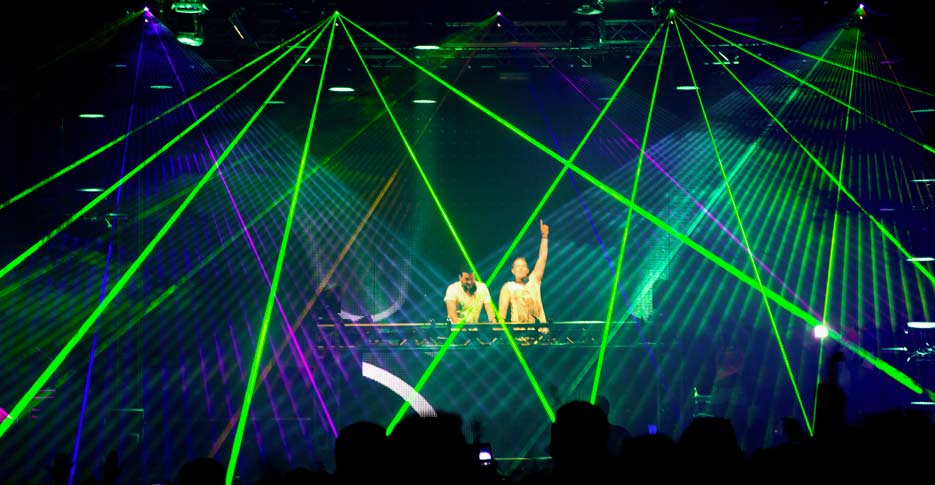
Stage Lighting in Kenya
Laser lighting introduces highly concentrated beams that can create crisp geometric patterns, wave effects, and light tunnels—perfect for dramatic flair.
-
Lasers are often used in nightlife events, dance parties, and futuristic product unveilings for their intense visual appeal.
-
Can be programmed to move, pulse, or flash in sync with music or stage cues.
-
Laser lighting systems may include RGB capabilities, allowing full-spectrum color effects from a single unit.
-
At Peak Audio, we ensure all laser setups are safe and compliant with eye-safety regulations, especially for indoor and low-ceiling venues.
2.6 Remote Control Stage Lighting
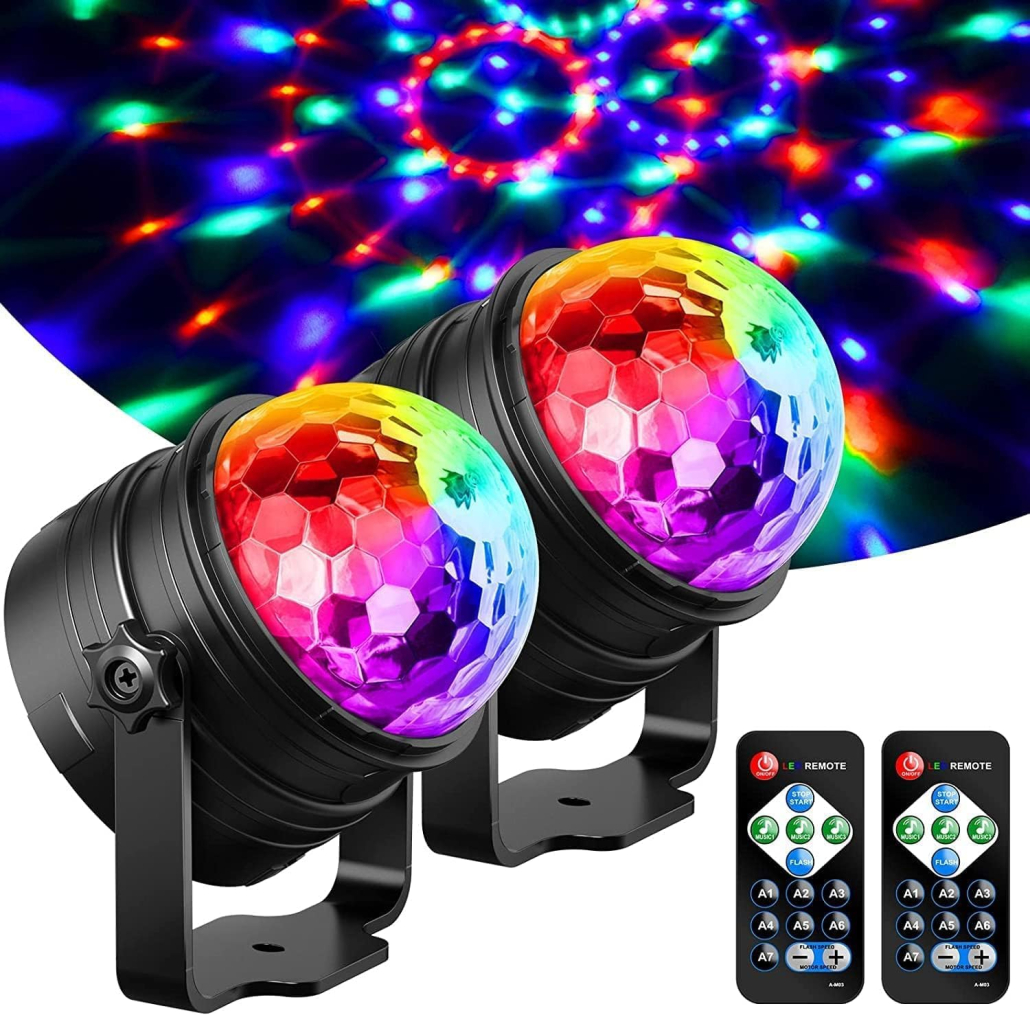
Stage Lighting in Kenya
Remote-controlled lighting refers to lighting setups managed wirelessly, either from a lighting desk, DMX controller, tablet, or smartphone.
-
Offers real-time control over intensity, color, effects, and transitions—especially useful for events with live segments and unpredictable flows.
-
Perfect for conferences, weddings, church events, and multi-room setups where lighting needs may change mid-event.
-
Enables quick reaction to spontaneous changes like unscheduled speakers, performance encores, or lighting breakdowns.
-
Wireless functionality also simplifies logistics in venues with limited cabling infrastructure, such as outdoor grounds or heritage buildings.
Each type of stage lighting equipment plays a unique role in crafting a compelling event experience. From precision-focused spotlights to energetic moving heads and immersive laser effects, the right combination of fixtures brings your stage to life. At Peak Audio, we help clients across Kenya choose and implement the ideal lighting mix based on their event type, theme, budget, and audience size—ensuring not just visibility, but atmosphere, engagement, and wow factor.
3. Stage Lighting Setups – From Small to Spectacular
Whether you’re hosting a school performance, a national concert, or a live-streamed talk show, choosing the right stage lighting setup can dramatically impact the visual quality and overall audience experience. Stage lighting setups vary in complexity, cost, and coverage. In this section, we explore the spectrum—from minimalist rigs for intimate spaces to high-powered lighting arrays used at large-scale productions in Kenya.
3.1 Small Stage Lighting Setup
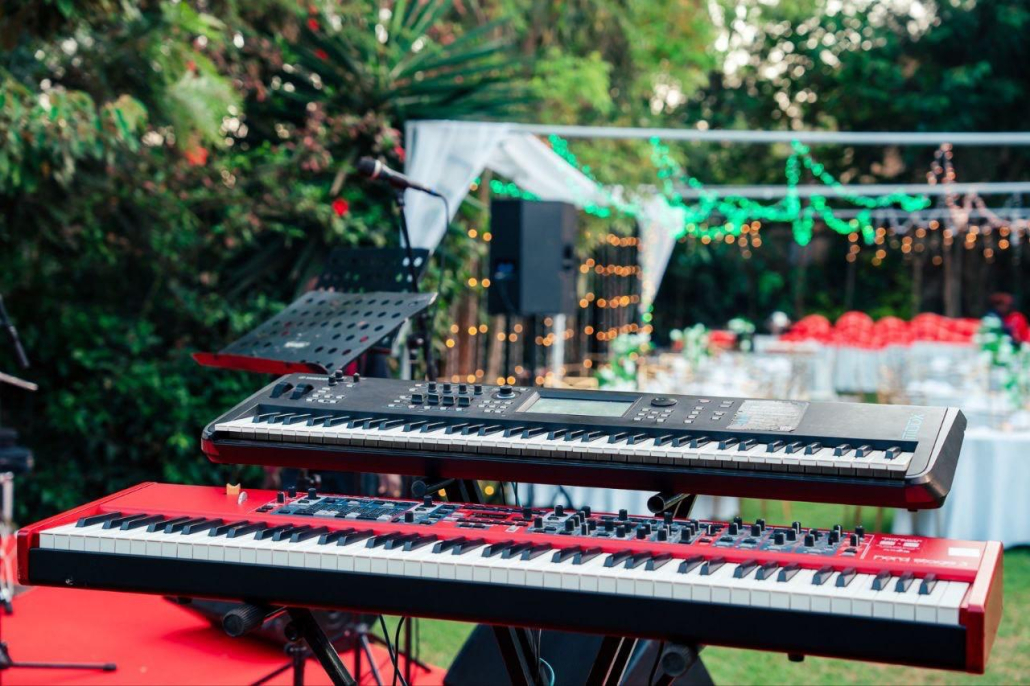
Stage Lighting in Kenya
A small stage lighting setup is perfect for events held in modest venues such as churches, classrooms, community centers, hotel boardrooms, or school halls. These events may include graduation ceremonies, poetry readings, religious performances, or school plays, where simplicity and affordability are key.
-
Core Equipment: These setups often use 2 to 4 LED PAR lights, which are energy-efficient and versatile. These lights are mounted on portable tripod stands or light T-bars that require minimal rigging.
-
Control System: A basic DMX controller or manual fader board allows operators to dim, switch, or change light colors. Some systems even have pre-programmed chases and effects.
-
Power Needs: This type of setup runs on standard electrical outlets, making it highly mobile and suitable for venues with limited power infrastructure.
-
Aesthetic Use: While simple, this setup can still highlight key speakers, wash the stage with color, or create soft mood lighting during transitions or special moments.
Small setups are easy to transport, install, and manage, making them popular for budget-conscious or traveling events.
3.2 Professional Stage Lighting Equipment for Large Events
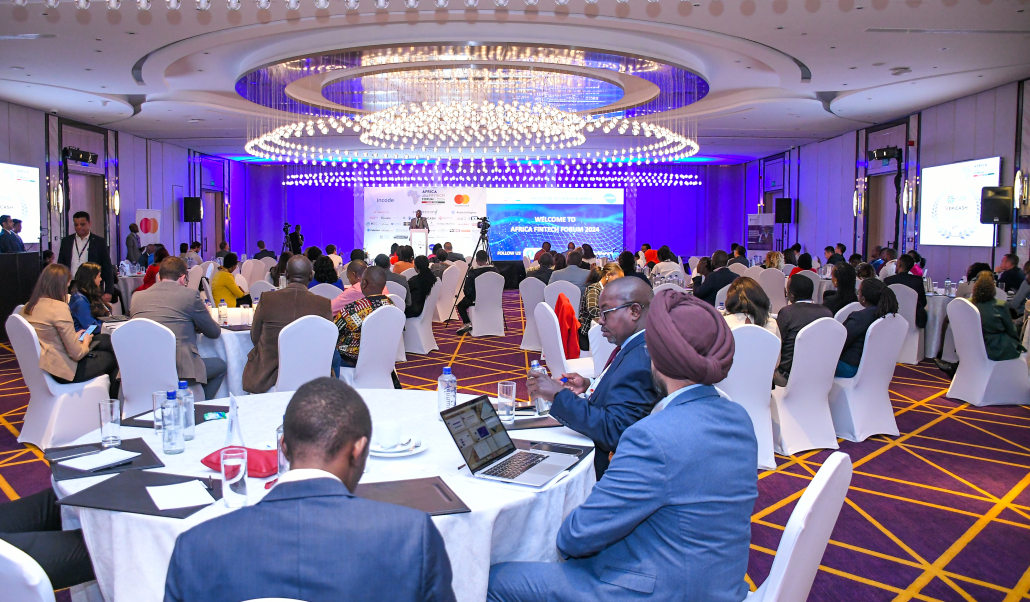
Stage Lighting in Kenya
When you’re organizing a high-energy event like a music festival, corporate gala, brand launch, or large religious gathering, a professional lighting setup is essential to impress guests and enhance performances.
-
Advanced Fixtures: These setups typically include moving head lights, intelligent LED spotlights, beam lights, gobos (which project logos or patterns), strobes, and laser lighting systems.
-
Synchronization: Lighting designers use DMX consoles, lighting software (like Lightkey or MA Lighting), and MIDI cueing systems to synchronize lights with music beats, video transitions, stage entrances, or even pyrotechnics.
-
Rigging & Scaffolding: The equipment is mounted on aluminum trussing, T-bars, or roof grids, suspended from stage lighting scaffolding or flown rigs—ensuring full stage coverage and aerial effects.
-
Power & Safety: Larger systems demand dedicated power supplies, often backed by generators or UPS systems. Safety precautions, including cable management and weight limits, are strictly observed.
This type of lighting setup creates an immersive environment, ensuring the audience remains captivated, the branding stands out, and performers are visually elevated throughout the event.
3.3 Studio Stage Lighting
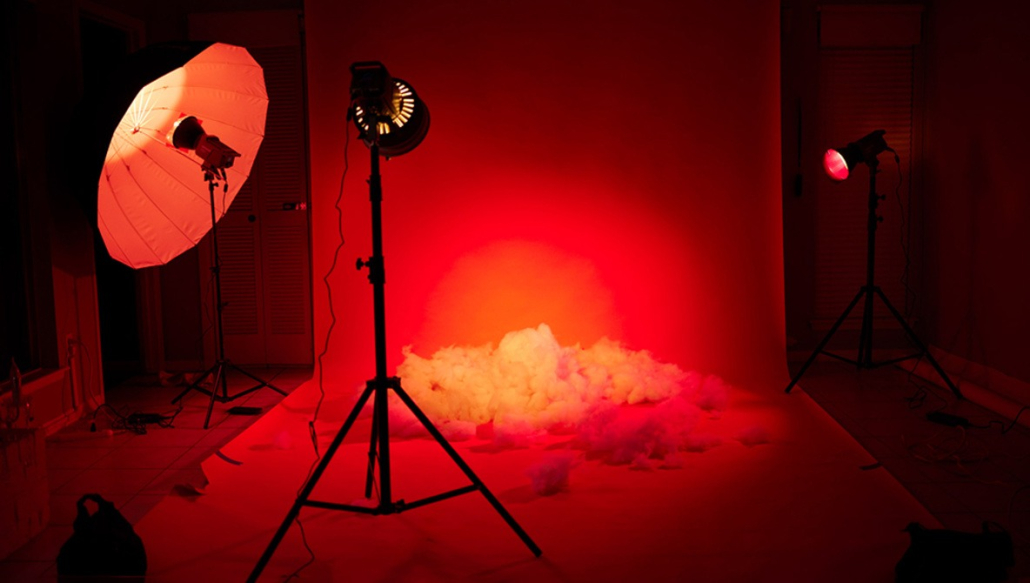
Stage Lighting in Kenya
Studio stage lighting is specifically designed for filming, photography, live-streaming, podcasting, interviews, or virtual panels. The focus here is not on flash or entertainment but on clarity, consistency, and flattering visuals for the camera.
-
Lighting Quality: The setup prioritizes constant color temperature, typically 5500K (daylight) for white-balanced visuals. The goal is to avoid flickering or color shifts that can affect video quality.
-
Key Light, Fill Light, Backlight: These setups follow the 3-point lighting principle. A bright key light illuminates the subject, a softer fill light removes shadows, and a subtle backlight creates separation from the background.
-
Softboxes & Diffusers: Instead of harsh LED beams, softboxes, ring lights, and umbrella reflectors are used to diffuse light and soften facial shadows—perfect for on-camera personalities.
-
Quiet Operation & Heat Control: Studio lights must operate silently (no buzzing or cooling fan noise) and produce minimal heat, especially for long filming sessions.
Studio lighting setups can be temporary for pop-up media booths or permanently installed in production studios, content creator spaces, or church streaming rooms.
Understanding the scale, purpose, and location of your event helps determine the most suitable lighting solution. At Peak Audio, we offer tailored lighting packages—whether you’re managing a school talent show or producing a multi-day conference with live streaming. Our team is here to help you choose, configure, and operate the right setup for seamless, visually stunning events.
4. Stage Lighting Infrastructure – Grids, Scaffolding, and Support
A powerful stage lighting setup is only as strong as the infrastructure behind it. Whether you’re managing a concert, conference, or church production, you need more than lights—you need safe, stable, and scalable systems to support those lights. This section explores the physical backbone of professional lighting design: from grid systems in large venues to mobile scaffolding for flexible outdoor setups.
4.1 Stage Lighting Grid Systems
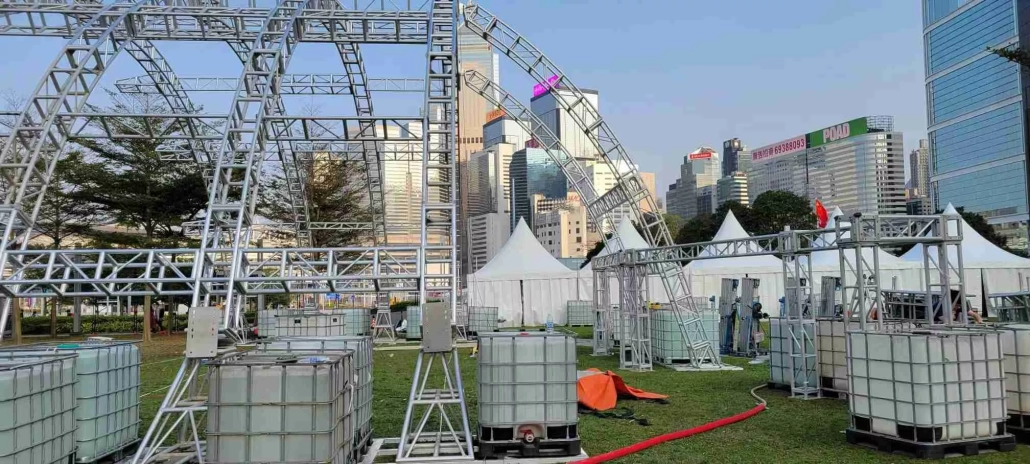
Stage Lighting in Kenya
A stage lighting grid is a network of horizontal metal bars—often aluminum or steel—suspended overhead and used for mounting lighting fixtures in permanent or semi-permanent setups.
-
Purpose and Use: Grid systems provide a structured, safe, and flexible way to mount spotlights, PAR cans, moving heads, and other lighting units. Commonly found in theatres, auditoriums, TV studios, and exhibition halls across Kenya, grids allow for optimal light positioning from above without cluttering the stage floor.
-
Modular and Scalable: These grids are usually modular, meaning sections can be adjusted or expanded as needed for different event types. Grid systems are ideal for long-term installations in performance venues or corporate studios.
-
Height and Load Control: Grids are designed to handle the weight of multiple lights, cables, and accessories. The installation team ensures structural integrity and safety compliance, especially in venues hosting high-profile or televised events.
-
Cable Management: Grids support neat, concealed cabling, reducing trip hazards and improving the aesthetic appeal of your lighting layout. Power and data cables are often routed above the audience’s line of sight.
4.2 Stage Lighting Scaffolding
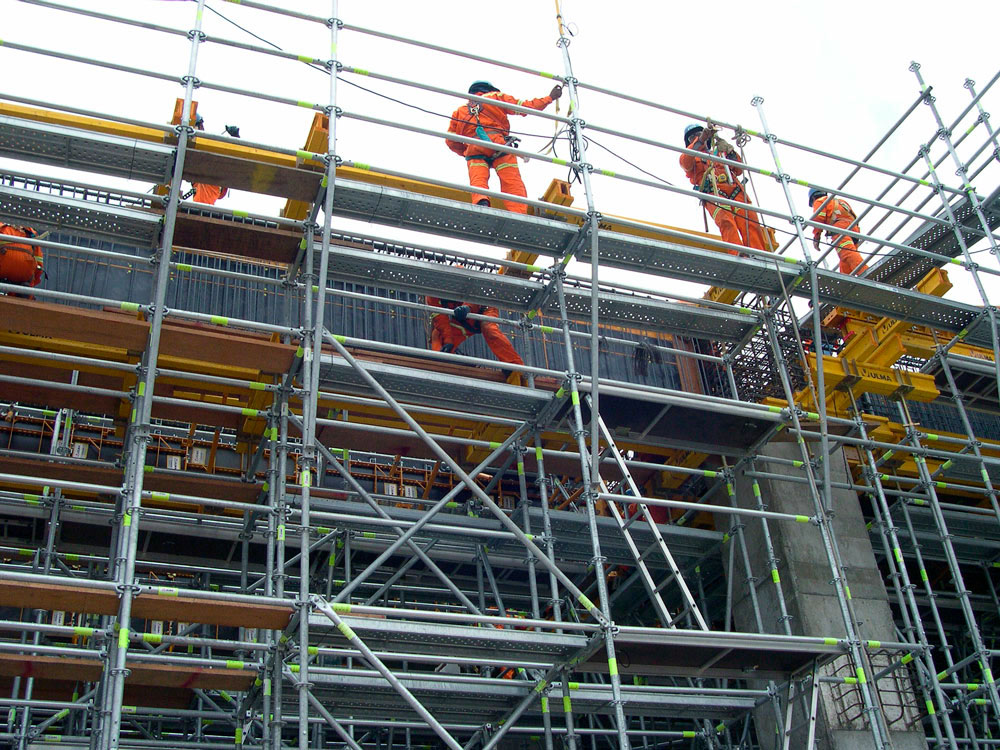
Stage Lighting in Kenya
For temporary setups such as outdoor concerts, festivals, church crusades, or political rallies, stage lighting scaffolding provides a mobile and flexible rigging option.
-
Mobile Towers & Gantries: These structures are often free-standing truss towers or gantries, which can be quickly assembled and disassembled. They provide a stable base to mount high-powered lights and even screens or speakers.
-
Indoor & Outdoor Use: Scaffolding works well in open grounds, tents, halls, and stadiums. Outdoor use requires weather-resistant materials, anchoring (e.g., ballast or ground stakes), and secure rigging to handle wind and uneven ground.
-
Safety First: All scaffolding must comply with local safety standards. Teams use harnesses, non-slip surfaces, weight balancing, and professional-grade fasteners to ensure every unit remains secure, even under demanding weather or performance conditions.
-
Versatility: You can customize the height, shape, and angle of scaffolding towers, making them suitable for light shows, outdoor cinemas, or 360-degree audience setups. Many Kenyan AV companies, including Peak Audio, offer full delivery, assembly, and dismantling support.
4.3 Stage Lighting Setup Process
Setting up stage lighting is a step-by-step process that blends creative design with technical precision. Whether indoors or outdoors, a proper setup ensures lighting functions as expected throughout your event.
-
Design & Planning: Before any hardware is moved, lighting designers assess the venue, audience layout, stage dimensions, and event theme. A lighting plot is created to plan fixture types, angles, color zones, and power distribution.
-
Rigging: This involves the physical installation of fixtures on scaffolding, grids, or trusses. Proper rigging includes securing the lights with safety cables, balancing load across the structure, and protecting all mount points.
-
Wiring & Power Distribution: Lighting systems are wired for both power and control (DMX). Planners consider power draw, distance from sources, redundancy (e.g., backups), and cable routing to prevent hazards.
-
Programming & Control: Lights are connected to a controller or lighting console, where cues are programmed. This can include brightness changes, color changes, fades, and sequences synced with video or music.
-
Testing & Final Adjustments: After setup, technicians conduct a full system test, adjusting focus, alignment, dimmer curves, and cue timing. Lighting is reviewed from the audience’s perspective to ensure the setup supports the desired atmosphere.
Behind every breathtaking stage production lies a rock-solid infrastructure of grids, scaffolding, and a finely tuned setup process. Whether you’re lighting a gospel concert in Eldoret or a UN conference in Nairobi, safe and efficient rigging is what allows your lighting vision to shine—literally.
At Peak Audio, we bring not just the lights but the entire backbone—from custom-built grid installations to rapid deployment of event scaffolding. Our expert technicians follow safety-first protocols, professional lighting design standards, and venue-specific configurations to make sure your stage is not only bright but brilliantly supported.
5. Stage Lighting Spares and Maintenance – Ensuring Reliability and Longevity
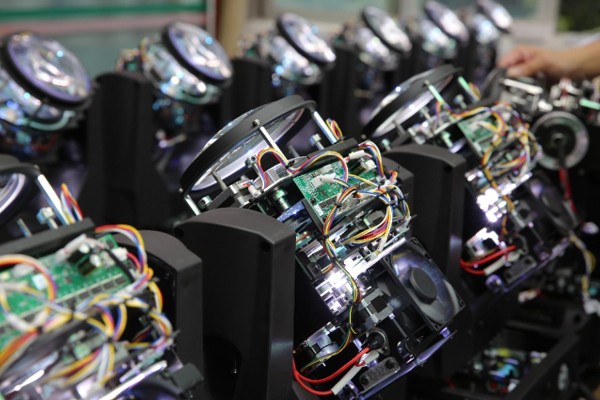
Stage Lighting in Kenya
Stage lighting systems are complex networks of electrical, mechanical, and digital components. Like any high-performance setup, they require not only precise installation but also ongoing care and spare part availability to function flawlessly. Whether you’re running a touring show, a permanent auditorium, or a one-off corporate event, proper spares and maintenance procedures ensure your lights shine bright—every single time.
5.1 Common Stage Lighting Spares
Every lighting rig—big or small—relies on a few critical spare parts that technicians keep close at hand to avoid delays, minimize disruptions, and maintain safety standards during live events.
-
Bulbs and Lamps: While many modern fixtures use long-lasting LEDs, traditional stage lighting such as Fresnels, PAR cans, and spotlights still depend on high-intensity discharge or halogen bulbs. These are sensitive to heat and handling and should always be available as backups in case of burnout mid-show.
-
DMX Cables and Connectors: The DMX (Digital Multiplex) cables transmit data from the controller to the lighting fixtures. If one cable fails, the entire chain can be affected. AV crews often carry extra DMX cables, terminators, and splitters to troubleshoot and replace faulty lines quickly.
-
Clamps, Safety Chains, and Mounting Hardware: These are used to secure lights to trusses, grids, or scaffolds. Having extra clamps and safety chains on hand ensures quick reinstallation or reconfiguration when changing setups between scenes or venues.
-
Gobos and Lenses: Gobos are metal or glass templates inserted into lights to project logos, patterns, or shapes. Since these are customized and fragile, spares are essential—especially when branding or ambiance is critical. Lenses can also crack or fog over time and should be replaced to preserve beam clarity.
-
Dimmers and Power Packs: Dimming modules control the brightness of traditional lighting. Spare dimmer packs or lighting relays are vital for setups involving incandescent lights. Even in LED rigs, dimming systems may fail due to power surges or software glitches.
-
Control Console Parts & Backup Controllers: It’s common for professional lighting teams to carry a secondary controller, backup USB sticks with cue data, and spare faders or power supplies for the main desk. This is particularly crucial during multi-day events or festivals, where downtime is not an option.
By maintaining a robust inventory of these spares, lighting technicians can quickly resolve technical hiccups and maintain seamless visual continuity throughout the event.
5.2 Regular Maintenance for Longevity
To keep stage lighting systems in optimal condition, preventive maintenance must be built into every production or venue calendar. Whether the lights are used daily or occasionally, neglecting basic upkeep can lead to expensive repairs, shortened equipment lifespan, or even safety hazards.
-
Dusting and Cleaning: Lights accumulate dust, especially in outdoor venues or high-traffic indoor areas. Dust on lenses or fans can cause overheating, reduced brightness, or system failure. A regular schedule of gentle dusting, air-blowing, and lens wiping helps retain optical quality and protects sensitive electronics.
-
Software and Firmware Updates: Intelligent lighting fixtures (like moving heads, pixel bars, or DMX interfaces) run on firmware and software protocols. Updating them ensures compatibility with modern controllers, removes bugs, and adds new features. Teams should regularly check for firmware updates from manufacturers like Chauvet, Elation, or Martin.
-
Cable Inspections: Frequent inspections for frayed, pinched, or heat-damaged cables help prevent electrical hazards and data dropouts. Damaged DMX or power cables should be repaired or replaced immediately.
-
Testing Before Every Event: Every fixture should be powered on, focused, and tested for functionality before each event. This includes lamp checks, pan/tilt response for moving heads, dimming tests, and color wheel calibration.
-
Storage and Transportation Protocols: Lights that are frequently moved between events need padded cases, waterproof containers, and proper cable winding techniques to minimize wear. Storing lighting units in controlled environments also extends their operational life.
Professional AV companies like Peak Audio implement routine maintenance logs and asset tracking systems to ensure every piece of gear is in top shape before hitting the stage.
Stage lighting doesn’t end with setup—it demands ongoing attention and readiness. Having the right spare parts on standby and following a structured maintenance routine ensures your equipment not only survives but thrives—event after event, year after year.Whether you’re a venue manager in Nairobi or a touring event planner across Kenya, investing in spares and preventive care means fewer surprises, more professional outcomes, and a reputation for reliability.
6. Choosing a Stage Lighting Company in Kenya
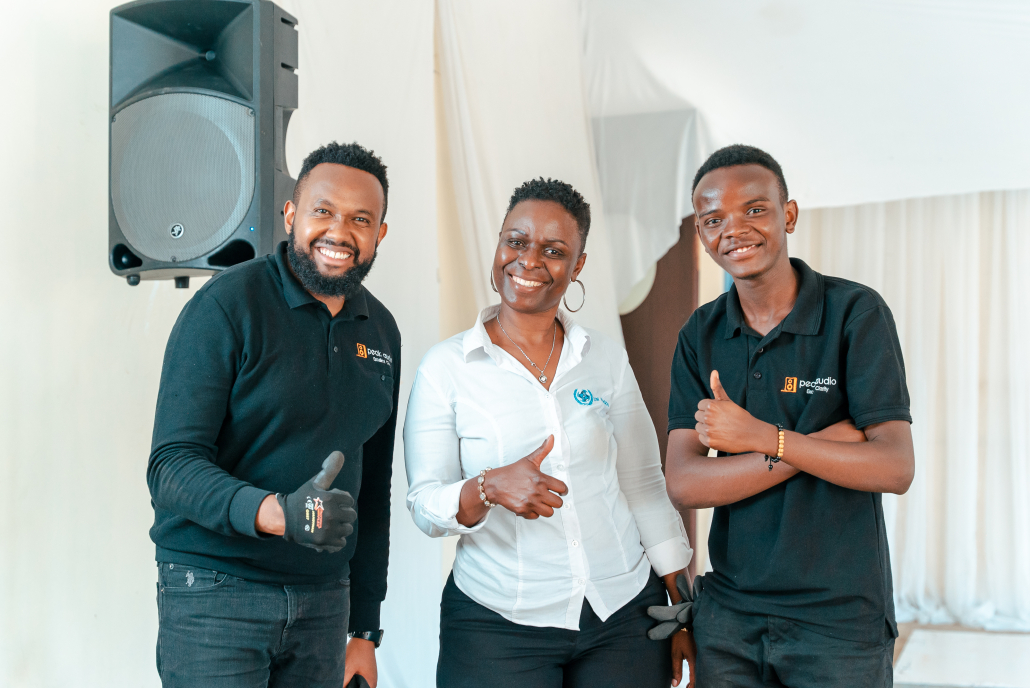
Stage Lighting in Kenya
The success of your event—whether it’s a corporate summit in Nairobi, a beach festival in Kilifi, or a wedding in Nakuru—often hinges on how well the stage is lit. Selecting the right stage lighting company is not just about renting gear; it’s about finding a trusted partner who understands your vision and can deliver flawless technical execution. In this section, we explore what to consider when hiring a stage lighting provider in Kenya, and why Peak Audio stands out as a national leader in the space.
6.1 What to Look for in a Stage Lighting Company
When sourcing a stage lighting vendor, it’s essential to consider more than just pricing. You’re trusting a team to amplify your audience’s experience, handle safety-critical installations, and manage highly sensitive electronic equipment. Here are key factors to look out for:
-
Proven Experience & Portfolio: Ask for references, case studies, or sample photos from past events. A company with a strong track record in diverse event types (corporate, social, religious, entertainment) is more likely to adapt to your specific needs and venue dynamics.
-
Variety of Equipment: A reliable lighting partner should offer a wide inventory: from LED PARs and moving heads to laser projectors, gobos, dimmer packs, and trussing systems. Flexibility in lighting styles (white, color, wash, effects) allows for creative and functional design across different events.
-
Certified Technicians & Support Staff: Look for a company with qualified lighting engineers, console operators, and riggers who understand DMX protocols, safety standards, and live-event troubleshooting. On-site support can make the difference between a smooth show and technical disaster.
-
Integration with Other AV Services: The best lighting companies can integrate with audio systems, LED walls, livestream setups, and event staging, providing a one-stop-shop that saves you time and ensures consistent quality across all production elements.
-
Pre-Event Consultation & Post-Event Support: Professional vendors offer site visits, mockups, cue programming, and post-event breakdowns, helping you focus on your event while they handle the infrastructure.
6.2 Why Choose Peak Audio
Peak Audio is one of Kenya’s most trusted names in professional stage lighting and AV solutions. We’re not just gear providers—we’re creative partners in bringing your vision to life. Here’s why clients across the country continue to work with us:
-
Professional Stage Lighting Equipment: We offer a full range of lighting fixtures including LED PARs, moving heads, lasers, pixel bars, gobos, and smart lighting consoles. All our gear is event-grade and regularly maintained for peak performance.
-
Flexible Lighting Setups for Any Event Size: From intimate cocktail receptions to high-capacity stadium concerts, we scale lighting to match your venue, guest size, and program needs. Our setups include grid systems, scaffolding rigs, trussing towers, and weatherproof outdoor solutions.
-
Integrated AV Experiences: Our lighting is synced with sound systems, LED screens, projection mapping, and special effects like haze, smoke, and confetti bursts. This ensures a seamless production flow and enhances the emotional impact of your content.
-
Certified Lighting Technicians: Our team includes licensed riggers, console programmers, and show operators who undergo continuous training. We understand DMX, DALI, Artnet, and the latest lighting protocols—ensuring creative precision and on-site reliability.
-
Tailored Packages & Transparent Pricing: We design custom packages based on your goals and budget. Whether you need a simple lighting rig for a fundraiser or a complex multi-zone design for a music tour, we offer flexible pricing with no hidden fees.
6.3 Stage Lighting Companies Near Me – Local & National Coverage
If you’re searching for “stage lighting companies near me” in Kenya, look no further. Peak Audio serves a wide range of locations with fast, efficient deployment and local familiarity.
-
Nairobi & Surrounding Areas: We’re headquartered in Nairobi and serve Westlands, Karen, CBD, Kiambu, Machakos, and Thika with same-day site visits and installations.
-
Coastal Region: From Mombasa and Diani to Malindi and Lamu, we provide outdoor-rated lighting solutions for weddings, beach festivals, and hotel events.
-
Western & Rift Valley Kenya: We’ve supported conferences and rallies in Kisumu, Eldoret, Kakamega, and Bungoma, offering regional coverage with full technical crews.
-
Central & Eastern Kenya: Our mobile teams can deliver and set up equipment in Meru, Embu, Nyeri, Nanyuki, and Isiolo, handling lighting for both modern venues and rural settings.
-
Custom Deployments Nationwide: Even if your event is in remote or off-grid areas, we offer battery-powered lighting systems, solar-supported gear, and mobile rigging units to suit your needs.
Whether it’s a church concert in Kirinyaga, a wedding in Naivasha, or a summit in Turkana—Peak Audio is there.
Choosing the right stage lighting company isn’t just about who has the most lights—it’s about who can execute your vision with precision, safety, and creative flair. With a growing events industry across Kenya, finding a partner that understands local venues, technical standards, and your audience’s expectations is crucial.
Peak Audio has built its reputation on excellence, reliability, and innovation, making us a preferred partner for hundreds of events each year. From intimate studio shoots to international festivals, we deliver lighting experiences that don’t just illuminate stages—they captivate hearts.
7. Stage Lighting Examples & Inspiration – Bringing Events to Life with Light
The right lighting can transform an ordinary venue into an immersive experience that aligns perfectly with your event’s tone, purpose, and mood. Whether you’re hosting a corporate seminar, a fairy-tale wedding, or a high-energy festival, stage lighting design plays a central role in defining ambiance, guiding attention, and creating unforgettable moments.
Here’s a look at three inspirational stage lighting scenarios—from clean and professional to bold and theatrical.
7.1 Corporate Event Lighting

Stage Lighting in Kenya
Corporate lighting demands professionalism, clarity, and subtle visual enhancement. The goal is to support communication, keep the audience engaged, and ensure presenters and branding elements are clearly visible.
-
Neutral White Lighting for Clarity: Most corporate events use daylight or neutral white lighting to illuminate speakers on stage. This reduces shadows, enhances clarity for photography and video, and keeps the environment formal and focused.
-
Color Washes for Brand Identity: Uplighting and washes in brand-specific colors (e.g., a company’s signature blue or green) can be projected onto backdrops, stage skirting, and side walls. This provides subtle yet powerful reinforcement of corporate identity without overwhelming the space.
-
Spotlights and Podium Lighting: Well-placed spotlights ensure that keynote speakers, panelists, and product demos are clearly seen. Intelligent lights may be programmed to follow speakers or shift dynamically based on the agenda.
-
Clean, Minimalist Design: Lighting for AGMs, summits, and workshops often follows a clean design principle, with concealed cabling, low-profile rigs, and balanced lighting that avoids glare or distraction.
These setups ensure that the message—not just the visuals—takes center stage while still creating a polished, high-end environment.
7.2 Wedding or Gala Lighting
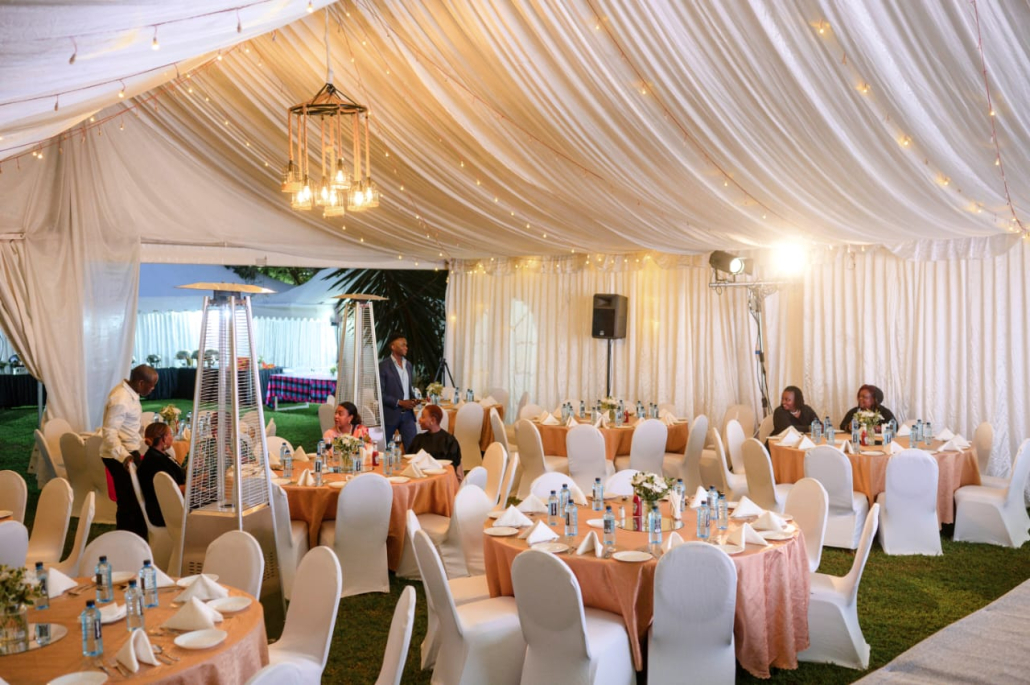
Stage Lighting in Kenya
Weddings, gala dinners, and formal parties are driven by emotion, ambiance, and style. Lighting in these events sets the romantic or celebratory mood and highlights key visual elements like floral décor, the dance floor, and the couple’s grand entrance.
-
Warm Tones for Romance: Soft amber, champagne, and blush hues are used to create intimacy and elegance. These colors can be used on drapery, ceilings, and architectural features to give the venue a golden glow.
-
Gobo Projections for Customization: Gobos with custom patterns like floral motifs, monograms, or love quotes can be projected onto walls, dance floors, or tents. This creates a personalized visual element that guests can photograph and remember.
-
Dynamic Dance Floor Lighting: As the event transitions into entertainment mode, lighting setups shift to moving heads, pixel tubes, and mini strobes that pulse to the beat of the music. This transforms the space into a dance-worthy setting without overpowering the atmosphere.
-
Pin Spotting and Accent Lighting: Highlighting centerpieces, wedding cakes, and key décor features ensures they stand out in photos and real time. Pin spots and uplights are carefully positioned to enhance visual storytelling.
Whether it’s a ballroom in Nairobi or a beach wedding in Watamu, lighting sets the tone for a celebration that feels magical and professionally curated.
7.3 Live Concert or Festival Lighting
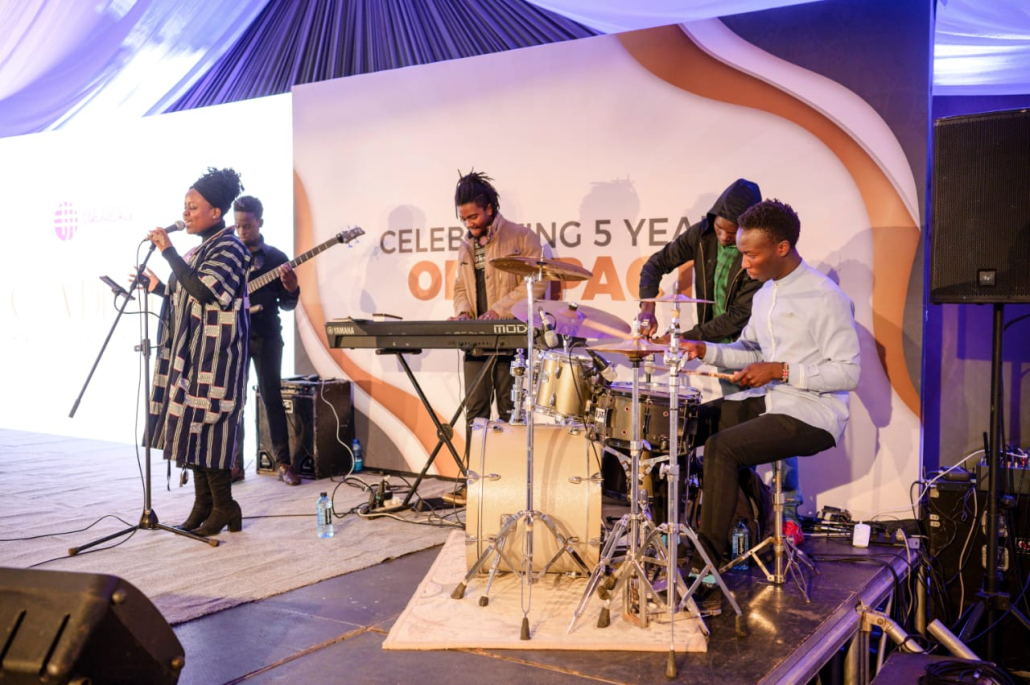
Stage Lighting in Kenya
Concerts and festivals are where lighting becomes a full-blown performance element, choreographed as tightly as the music itself. These setups are meant to dazzle, energize, and elevate the audience’s sensory experience.
-
Laser Stage Lighting & Effects: Laser beams, color bursts, and fog-enhanced lasers slice through the air during DJ sets and headline acts. Controlled via advanced consoles, these effects add theatricality and intensity to the show.
-
Moving Heads and Beam Fixtures: High-speed moving head lights, beam fixtures, and automated tilt-pan heads track performers, swing across the crowd, or spotlight soloists. They’re often synchronized to hit musical cues for dramatic moments.
-
Strobe and Pixel Effects: Strobes, pixel bars, and LED strips deliver rapid-fire flashes and color chases that drive energy during high-BPM sections. These are especially popular in EDM, gospel raves, and youth festivals.
-
Color Themes and Transitions: Lighting color schemes can shift throughout the performance—from fiery reds during intense moments to cool blues during mellow sets. This enhances the emotional flow and keeps visual interest high for long durations.
Concert lighting setups are typically layered: back trusses, side towers, overhead grids, and floor-mounted FX units work together to produce a 360-degree visual spectacle.
No two events are the same—and neither should their lighting be. Whether you’re looking for elegant and understated, crisp and corporate, or bold and breathtaking, the right lighting strategy transforms your stage into a canvas of mood, movement, and meaning.
8. Stage Lights Prices in Kenya – What to Expect Before You Book
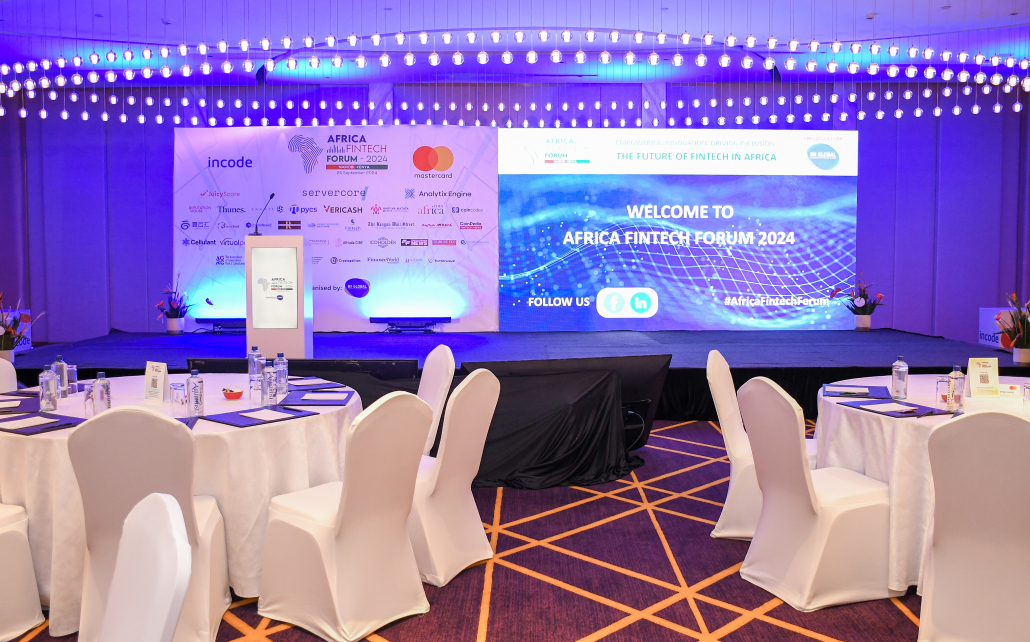
Stage Lighting in Kenya
Stage lighting is one of the most impactful elements of any event production—but it’s also one that needs careful financial planning. Whether you’re organizing a small corporate event, a wedding, or a full-scale concert, understanding stage lighting costs in Kenya helps you plan efficiently, avoid surprises, and get the most value from your investment.
This guide breaks down key budget factors, sample pricing, and what you can expect in a standard event lighting package when working with professional providers like Peak Audio.
8.1 Budget Considerations
The cost of stage lighting in Kenya depends on several critical factors. Before requesting a quote, it’s important to understand what drives pricing and how your event type, duration, and technical needs will affect your total cost.
-
Rental vs. Purchase: For most events, especially one-offs, renting lighting equipment is far more cost-effective than purchasing. Rental allows access to professional-grade gear, including the latest models, without the long-term maintenance or storage burden.
-
Event Duration (Daily vs. Weekly): Many vendors, including Peak Audio, offer daily, weekend, or weekly rates, with longer rentals often discounted. A two-hour panel session may cost far less than a multi-day festival setup.
-
Gear Quality & Type: High-end equipment like moving heads, laser lights, or pixel bars naturally cost more than basic static fixtures. Intelligent lights with built-in motors, pre-programmed chases, and color mixing systems are more expensive but offer greater impact.
-
Number of Fixtures & Rigging Needs: A small setup may only require 4–6 lights, while a concert or theatrical show could involve 30–50 fixtures, trussing systems, scaffolding, and a dedicated lighting team. Each addition increases both gear and manpower costs.
-
Control System Complexity: The more dynamic your lighting design, the more advanced the control setup needed. This might include DMX controllers, lighting desks (consoles), software integration, and cue programming—each affecting the final quote.
-
Support & Staffing: If your event needs setup, programming, operation, and teardown, labor costs will factor into the total. AV providers like Peak Audio offer full-service support with certified technicians, which ensures flawless execution.
8.2 Sample Price Ranges in Kenya
While prices vary depending on location, vendor, and package, here’s a realistic overview of typical stage lighting rental costs in Kenya:
-
Basic LED PAR Light:
Approx. KES 1,500–3,500 per day, depending on brightness, beam angle, and brand. Suitable for static wash lighting at weddings, conferences, or décor highlighting. -
Moving Head Light (Beam/Spot/Wash):
Ranges from KES 5,000–10,000 per unit/day. These lights add motion, color transitions, and dynamic effects, ideal for stage shows and dance events. -
Gobo Projectors / Logo Lighting:
From KES 4,000–7,000 per day, used for projecting custom patterns, monograms, or branding. -
Stage Lighting Console (Lighting Desk):
Typically KES 8,000–15,000/day, depending on complexity (e.g., Avolites, MA Lighting, Chamsys). Includes programming and show control features. -
Complete Lighting Rig with Setup, Truss & Operator:
Large-scale setups (corporate launches, gospel concerts, product reveals) usually fall under custom packages ranging from KES 100,000 to 500,000+, depending on scope. This includes:-
Lighting fixtures
-
Trussing and rigging
-
Cabling
-
Programming
-
On-site lighting crew
-
Peak Audio provides transparent quotes with optional upgrades and flexible package customization—whether you need basic ambient light or full theatrical control.
8.3 Stage Lighting Equipment List for a Standard Event
To help visualize what you’re paying for, here’s a sample stage lighting setup for a standard indoor corporate or social event (approx. 100–300 guests):
-
6–12 LED PAR Cans: For general wash lighting and colored uplighting on stage or backdrops.
-
4 Moving Heads (Spot or Beam): For movement, emphasis, and dynamic transitions.
-
Lighting Console: For control, cueing, and live adjustment during the event.
-
DMX Controllers & Cabling: Digital control signal transmission between fixtures.
-
Trussing or Scaffolding Rig: Depending on venue layout and fixture height requirements.
-
Backup Generator or UPS: Critical for outdoor or off-grid locations to ensure uninterrupted lighting power.
Optional add-ons might include gobos, follow spots, lasers, hazers, fog machines, or wireless lighting systems for décor zones away from the stage.
Stage lighting costs in Kenya can vary widely, but with the right partner and clear objectives, you can create visually impactful, budget-conscious lighting experiences. Whether you’re after simple static lighting or an advanced multi-fixture design synced with audio and video, it pays to plan early and work with experts.
At Peak Audio, we offer not just equipment—but insight. We help you build a setup that suits your event, venue, and audience—while staying within your budget. Our packages are scalable, customizable, and always supported by trained professionals.
9. FAQs – Stage Lighting in Kenya
If you’re planning an event in Kenya and wondering about stage lighting, you’re not alone. From small gatherings to large concerts and corporate events , clients often have questions about equipment, setup, and what’s best for their venue. Below are some of the most frequently asked questions we receive at Peak Audio, along with expert answers to help you make informed decisions.
Q1: What are the basics of stage lighting design?
Stage lighting design is both a technical process and a creative discipline. It involves selecting the right types of lights, colors, angles, and control systems to highlight performers, guide audience focus, and reinforce the emotional tone of the event.
The basics include:
-
Fixture Positioning: Lights are placed at the front (for facial clarity), above (for mood), sides (for depth), or behind (for silhouette and drama).
-
Color Temperature & Tone: Warmer tones (amber, pink) create intimacy, while cooler tones (blue, white) feel clean or formal.
-
Lighting Layers: Designers use washes for background mood, spotlights for focus, and effects like gobos or strobes for visual flair.
-
Control Systems: DMX-based consoles or software are used to program and operate lighting cues, transitions, and effects in real-time.
Good lighting design balances aesthetics, function, and safety—especially for live events.
Q2: What types of stage lighting are best for outdoor events?
Outdoor events in Kenya—from festivals in Naivasha to beach weddings in Diani—require specialized lighting solutions that can withstand environmental conditions and offer wide coverage.
Recommended options include:
-
LED PAR Cans with Weatherproof Housing: These lights offer static or color-changing washes and are often IP-rated for outdoor use.
-
Moving Head Beams or Spots: With long throw distances and dynamic motion, they’re ideal for concerts or nighttime events.
-
Scaffold-Mounted Floodlights: For general ambient lighting, walkways, and security.
-
Battery-Powered Wireless Lights: For off-grid areas or where cabling is a challenge, wireless LED uplights are perfect for décor and ambient zones.
-
Backup Power Integration: Outdoor lighting should always be paired with a generator or UPS system to ensure continuous operation.
At Peak Audio, we also provide rigging towers, trusses, and wind-resistant fixtures to ensure safety and stability outdoors.
Q3: Can I rent a small stage lighting setup for my event?
Yes! Many clients in Kenya host small-to-medium events that require compact lighting solutions. Whether you’re organizing a church service, school play, company briefing, or intimate wedding, you can rent a complete plug-and-play lighting kit.
A typical small setup might include:
-
4–6 LED PARs for static stage wash or background ambiance
-
Simple DMX controller or pre-programmed lighting console
-
Tripod or low trussing stands
-
Optional fog machine or battery-powered uplights for extra flair
These setups are affordable, easy to transport, and can be installed with or without a technician. We provide both dry hire (equipment only) and full-service options with setup and operation.
Q4: How do I choose between laser stage lighting and standard fixtures?
Laser lighting and standard fixtures serve different purposes—and often work best when used together in layered designs.
Here’s how to choose:
-
Laser Stage Lighting: Best for high-energy events like EDM shows, festivals, and youth concerts. Lasers project precise beams in patterns or animation, often synchronized to music. They are more of a visual effects tool than a lighting solution for illumination.
-
Standard Fixtures (LED PARs, Spots, Washes): These are foundational. They provide functional light, control over ambiance, and are ideal for corporate events, weddings, and stage presentations.
If your goal is visual spectacle, include lasers. But for general lighting needs like visibility, mood, and stage design, stick with standard fixtures—or better yet, combine both for full impact.
Q5: Do you offer custom packages with both lighting and sound systems?
Absolutely. At Peak Audio, we specialize in complete AV solutions that include stage lighting, PA systems, microphones, screens, and event technicians. Our custom packages are tailored to your event size, location, and budget.
What you can expect in a combined package:
-
Lighting Equipment: PAR lights, moving heads, console, trussing, special effects
-
Audio Equipment: Speakers, mixers, microphones (wired/wireless), monitors
-
Visual Add-ons: LED screens, projectors, live streaming kits
-
On-Site Crew: Setup team, sound engineer, lighting technician, stage manager
-
Optional Services: Backup generator, interpreter booths, DJ or MC services
We offer packages for corporate events, weddings, festivals, fundraisers, and more—all with transparent pricing and flexible options.
When it comes to stage lighting in Kenya, having clear answers helps you plan confidently. Whether you’re lighting a stage in Nairobi, streaming a virtual event, or hosting a beachfront concert, there’s a solution that fits your goals and budget.
Light Up Your Event with Peak Audio’s Stage Lighting Solutions
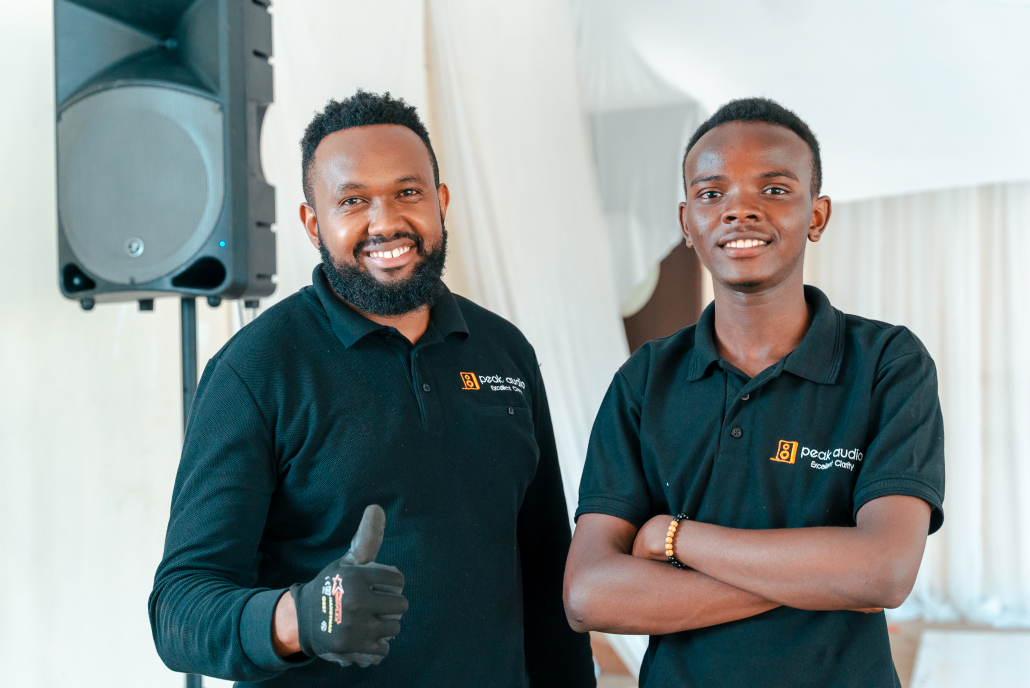
Stage Lighting in Kenya
Whether you’re planning a small indoor gathering, a grand outdoor concert, or a hybrid corporate event, stage lighting plays a vital role in setting the mood and enhancing the audience experience. From ambient uplighting to high-impact moving heads and laser effects, the right lighting design brings your vision to life.
At Peak Audio, we offer more than just lights—we provide complete stage lighting solutions that include design consultation, professional-grade equipment, setup, control, and post-event teardown. Our experienced technicians ensure your event runs smoothly, safely, and with maximum visual impact.
Ready to light up your event? Visit Peak Audio to request a quote or schedule a consultation. Let us help your event shine—brighter, smarter, and more unforgettable than ever.
Leave a Reply
Want to join the discussion?Feel free to contribute!